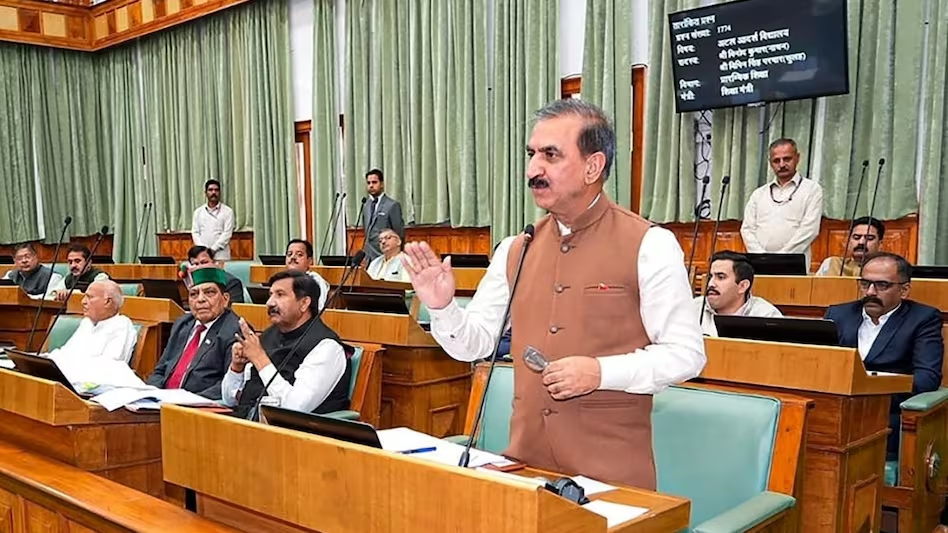- Courses
- GS Full Course 1 Year
- GS Full Course 2 Year
- GS Full Course 3 Year
- GS Full Course Till Selection
- Answer Alpha: Mains 2025 Mentorship
- MEP (Mains Enrichment Programme) Data, Facts
- Essay Target – 150+ Marks
- Online Program
- GS Recorded Course
- Polity
- Geography
- Economy
- Ancient, Medieval and Art & Culture AMAC
- Modern India, Post Independence & World History
- Environment
- Governance
- Science & Technology
- International Relations and Internal Security
- Disaster Management
- Ethics
- NCERT Current Affairs
- Indian Society and Social Issue
- NCERT- Science and Technology
- NCERT - Geography
- NCERT - Ancient History
- NCERT- World History
- NCERT Modern History
- CSAT
- 5 LAYERED ARJUNA Mentorship
- Public Administration Optional
- ABOUT US
- OUR TOPPERS
- TEST SERIES
- FREE STUDY MATERIAL
- VIDEOS
- CONTACT US
GOVERNMENT EXTENDS VALIDITY OF COASTAL REGULATION ZONE (CRZ)
GOVERNMENT EXTENDS VALIDITY OF COASTAL REGULATION ZONE (CRZ)
08-07-2023
-1689076447571.png)
Latest Context
To align coastal clearance with environmental clearances, the Ministry of Environment, Forest, and Climate Change (MoEFCC) has increased the CRZ approval's validity from the previous 7 years to 10 years (as per a 2019 announcement).
- If an application is submitted by the applicant within the term of validity, together with recommendations from the relevant Coastal Zone Management Authority, the validity of the CRZ clearance may be extended by a maximum of one year.
Key Points
- Additionally, the MoEFCC provided provisions for the CRZ clearance given for a particular project to be divided among two or more project proponents and made it transferable to another project proponent.
- The term "CRZ clearance" refers to the approval of projects that are located close to coastlines.
- Coastal Reserve Zones (CRZ) are defined as the land between the Low Tide Line (LTL) and the High Tide Line (HTL) including the oceans, bays, estuaries, creeks, rivers, and backwaters that are impacted by tidal action up to 500 metres from the HTL.
- According to the Environment Protection Act of 1986, CRZs are established by the Ministry of Environment, Forest, and Climate Change.
- The CRZ Notification 2019 divides coastal areas into various zones to monitor and control infrastructure operations:
- CRZ I: Areas with ecologically sensitive.
- CRZ II: places that are heavily developed inside the boundaries of the current municipal borders or other urban districts.
- CRZ III: This covers coastal zones in rural regions, areas inside the current municipal bounds, or other urban areas that are not extensively built up. They do not fall under either CRZ-I or II.
- CRZ IV: Applied to inland waterways that are impacted by tide and the water region between the Low Tide Line and twelve nautical miles on the seaward side.
Facts about CRZ
- The land between the low tide line (LTL) and the high tide line, as well as the coastal regions including oceans, bays, creeks, rivers, and backwaters that are subject to tides up to 500 metres from the high tide line (HTL), have been designated as coastal control zones (CRZ) since 1991.
- According to the Environment Protection Act of 1986, the Ministry of Environment, Forest, and Climate Change has established coastal management zones.
- The state governments' Coastal Zone Management Authorities are responsible for ensuring that the CRZ Rules are implemented, even though the Union Environment Ministry creates them.
- High Tide Line (HTL): HTL means the line on the land up to which the highest water line reaches during the spring tide.
- Low Tide Line (LTL): it means the line on the land up to which the lowest water line reaches during the spring tide.
- Spring tides: The sun's and moon's positions in respect to the earth directly affect the height of the tide. The tide will be higher when the earth, moon, and sun are all in a straight line. These are referred to as spring tides, and they happen twice a month, once during the full moon and once during the new moon.
-
Significance:
- Protection of environmentally sensitive areas, such as coral reefs and mangroves, which serve as barriers against cyclones and tsunamis.
- Enhancing the quality of life in fishing villages and other coastal areas.
- Resilient strategies for reducing the effects of climate change and powerful cyclones.
- To strike a balance between growth and coastal environment preservation.
-
Shailesh Nayak Committee Report on Coastal Regulation Zone:
- Initiated in June 2014, the Shailesh Nayak Committee delivered its findings in January 2015.
- The committee suggested modifying the conditions provided in the CRZ 2011 announcement. The suggestions' primary goals were to increase tourism, port development, and real estate.
- The committee proposed limiting the central government's ability to regulate coastal areas. Every other activity should fall within the purview of state and municipal planning organisations, with the exception of those that need environmental approvals.
- The coastal states and union territories provided comments based on the Shailesh Nayak committee's recommendations, and the CRZ 2018 notifications were released.
Must Check: IAS Coaching Centre In Delhi



